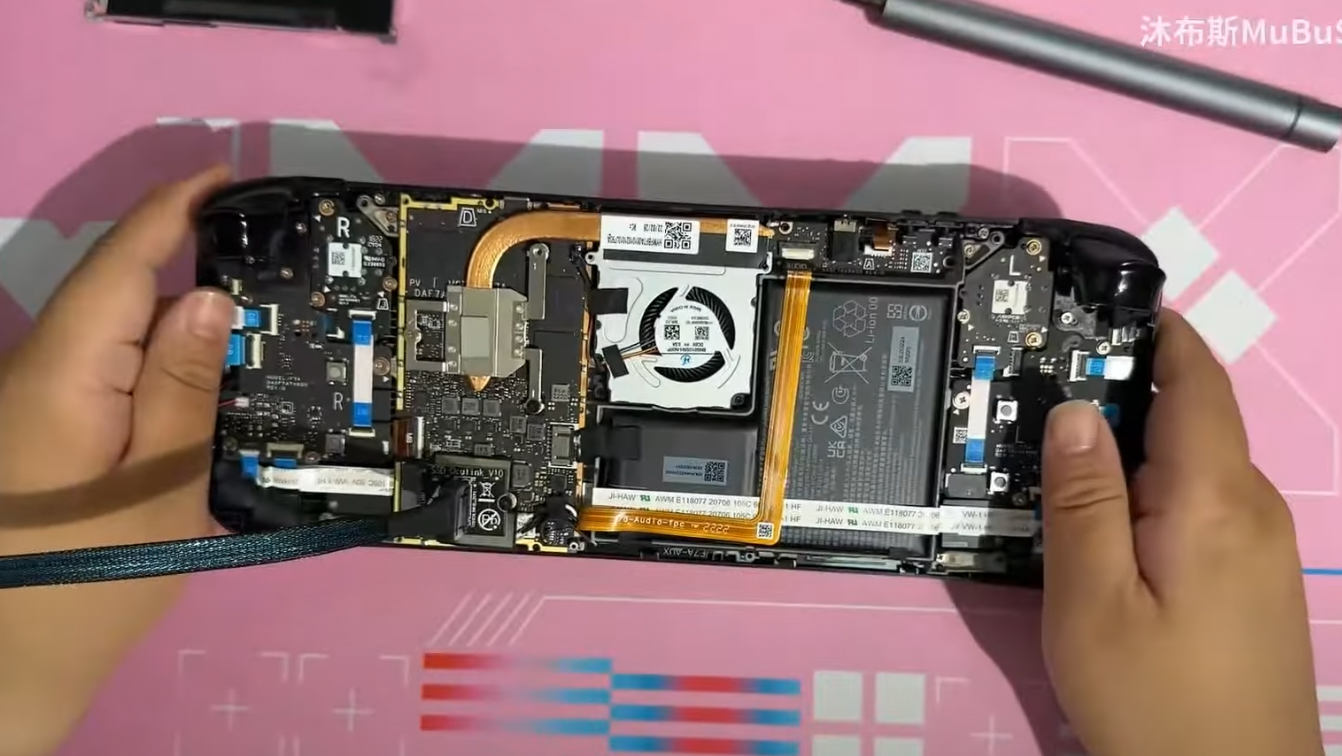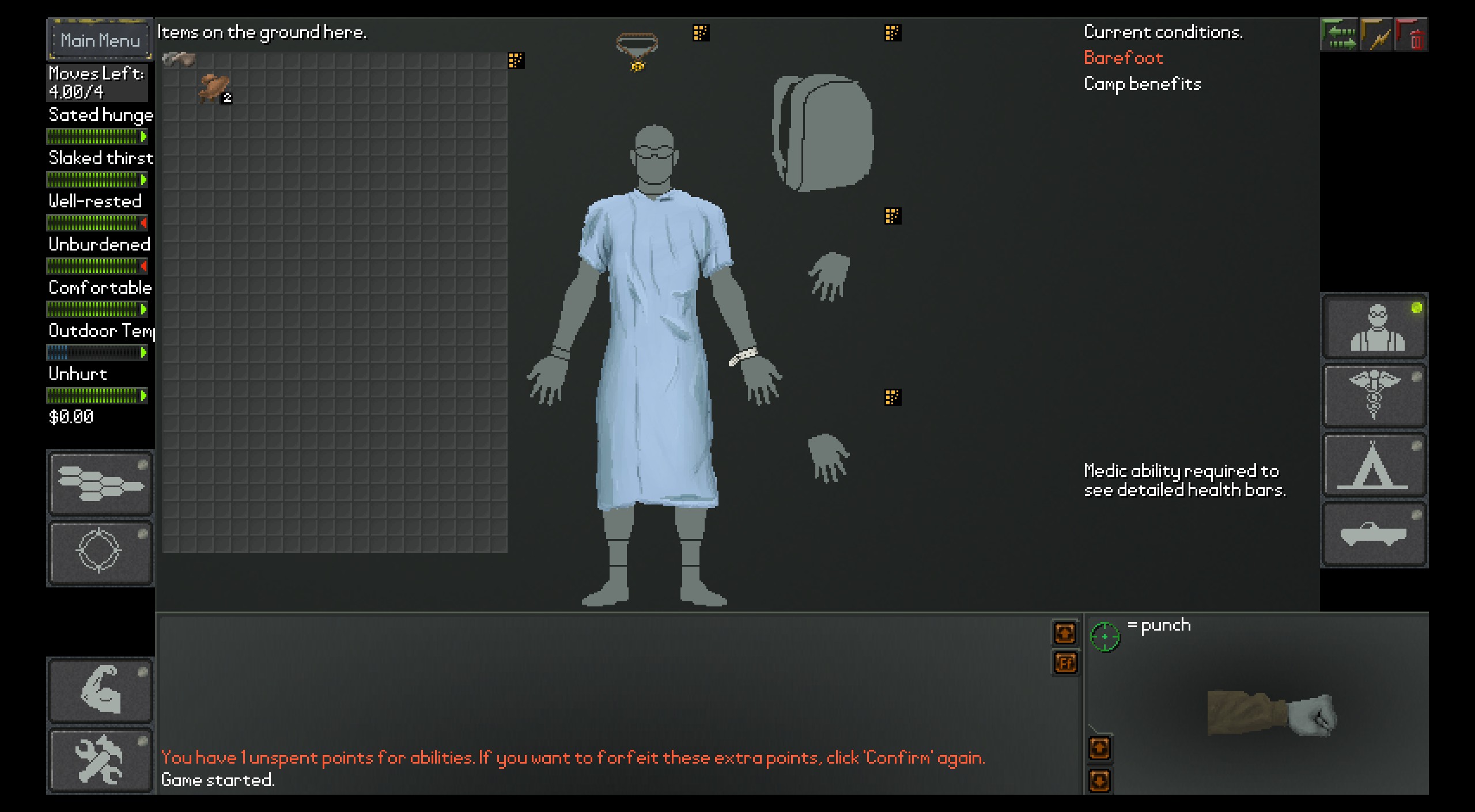GPD’s GPU dock lets you stuff desktop-ish graphics into your Steam Deck through the internal PCIe slot

OK, look, you’re not actually going to do this. But it’s fun a fun idea, that’s apparently real and something you can sign up for on Indiegogo, so who knows what might be more practically possible in the future. It’s an external graphics dock from GPD that plugs into the Steam Deck. And other game handhelds, including the Asus RoG Ally and GPD’s own Win 4.
We’ve seen this kind of thing before with M.2 adapters jury rigged to the Deck and a desktop GPU. But the GPD G1 is a bit more polished than that, albeit it’s not expressly designed or optimised for the Steam Deck.
The problem with the Deck, of course, is that it doesn’t have an external USB 4 / Thunderbolt interface, which is the most efficient way of connecting an external GPU. Instead, you have to go through the handheld’s internal M.2 interface.
M.2, of course, is primarily designed for storage. But it does use an unmodified PCIe protocol and typically in a storage context offers four lanes of connectivity. That’s enough bandwidth for a mid-range GPU for sure and is even tolerable for higher end graphics with an occasional performance hit.
Anyway, for the Deck, using the GPD G1 means cracking open the case, removing the M.2 SSD if present and inserting GPD’s M.2 adapter, known as Oculink, to which you then connect the G1 external GPU.
The cable sticks out and right angles to the Deck’s chassis and you essentially have to run with the back cover disconnected. The output is to an external display only. You can’t run the external GPU on the Deck’s built-in display. Oh, and not only do you have to run the OS on the microSD card since you’ve pulled the M.2 SSD, you also have to run Windows, as the whole shebang is not compatible with SteamOS.
Currently, you’re looking at $697 for the GPD G1 GPU dock itself, plus the M.2 Oculink adapter and a cable that connects that adapter to the dock. The Dock by itself is $655.
Oh, and yes, the dock does come with a GPU, AMD’s Radeon RX 7600M XT. That’s basically the same as the RX 7600 desktop GPU with an identical 2,048 shader count.
In other words, entry level stuff by current desktop GPU standards. Anyway, as we write these words, you’re looking at an estimate shipping date of September for the Dock, cable and adapter bundle.
The Dock has further features, including a trio of USB-A ports, an SD card reader, a pair of DisplayPort output, plus HDMI 2.1. It’s not entirely clear whether the Dock is upgradeable with replacement GPUs, but we do not think so.
In the end, this is something of a niche product with fairly limited appeal. it makes more sense running with GPD’s own Win 4 handheld gaming PC because that unit has the Oculink adapter built in and so all you have to do is connect the cable. The Dock also supports USB 4 / Thunderbolt, so any handheld with one of those can also connect to the Dock with a simple cable attachment.
Either way, you’re still left with not what amounts to low-end discrete graphics that will likely be matched or beaten by AMD’s next-gen APUs when they arrive. Still, if you dream of buying a Deck or similar handheld and using it as your do-everything PC, then an external GPU like this makes that more viable and we can imagine that one day this kind of solution might actually be the way to go.
For now, it’s expensive, fun, but perhaps not as refined an idea as it could be. Still, we like the idea.




